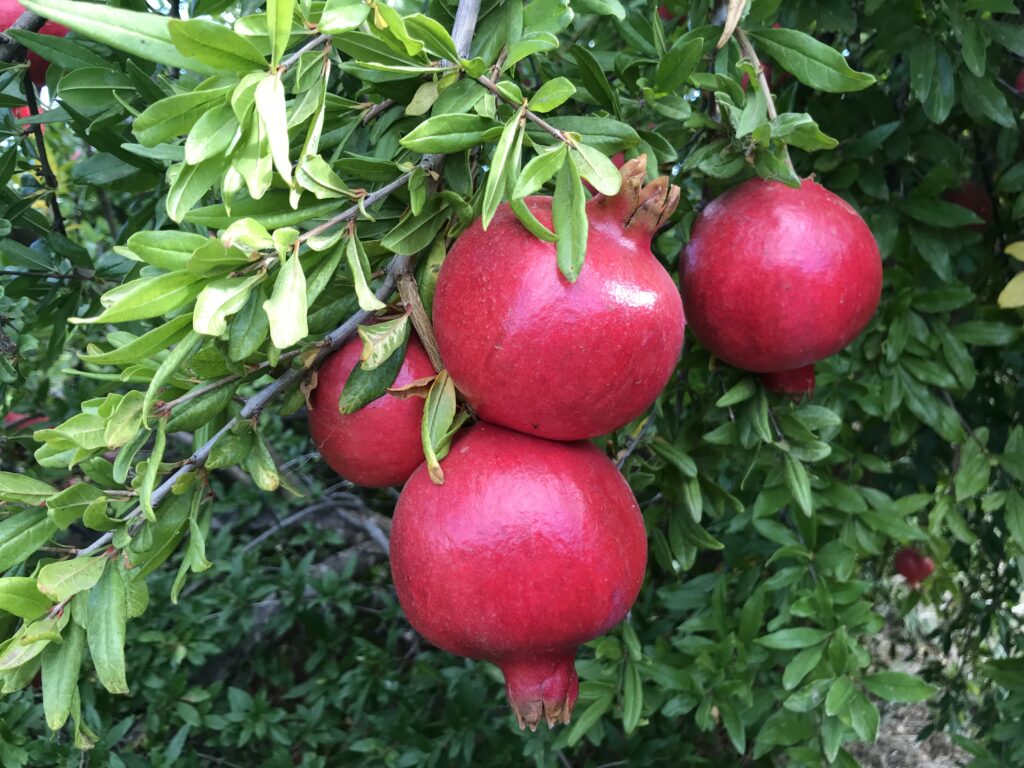
Our warm and cool seasons in the Capay Valley are very different seasons, marked by different crops and different weather. We find ourselves in a period of transition when the cool and warm seasons are briefly overlapping. The tomatoes and melons and other summer crops are winding down, the winter squash are reaching maturity and many varieties have been cut and cured, and we’ve started harvesting the leafy greens and roots that are signature crops of colder periods of the year. The weather also is overlapping. It was in the mid-60s on Saturday and even briefly rained, and next weekend it’s forecast to be in the 90s. Most of the days last week were beautiful days in the 80s with cool, crisp mornings.
The spectrum of things we’re currently harvesting is pretty amazing – fruits, nuts, greens, roots, solanaceous crops (eggplants, peppers, tomatoes), cucurbits (squash and cucumbers), and of course, flowers. We’re a diversified farm and always are harvesting an impressive number of things, but right now, that list of options is even more abundant. In our CSA boxes and on our farmers market tables, we’ve got a spectrum of crops spanning both seasons, though you’re less and less likely to see summer crops in CSA boxes; with each passing day, it’s slower and more difficult to pick some of those crops.
Next weekend, we’ll be celebrating the fall bounty at the Hoes Down, which in addition to it’s goal of being a fundraiser and a “friendraiser” is also about celebrating the bounty of the land. It could be held at any time of the year, but autumn seems like the best time. We’re hardly alone in doing so – people all over the world take time to celebrate the fall harvest and give thanks. Friday marked the start of Chuseok, Mid-Autumn Festival, and Sukkot, just to name three of the many harvest holidays celebrated around the world this time of year.
In honor of the fall’s bounty, this week’s Beet is a visual cornucopia of some of the bounty found in the field right now. Can you name what’s in each photo? Answers are at the bottom.
Elaine Swiedler, CSA Manager
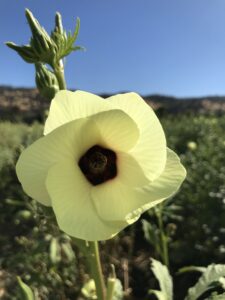

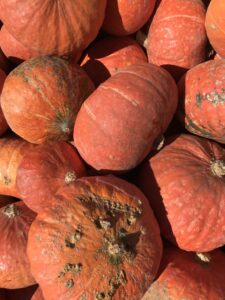
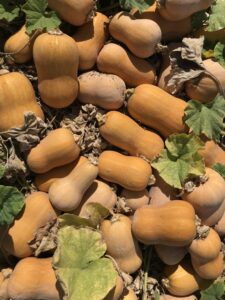
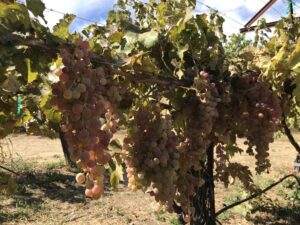
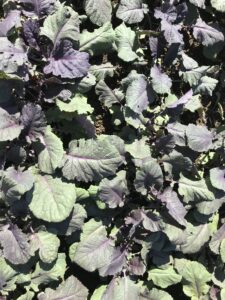

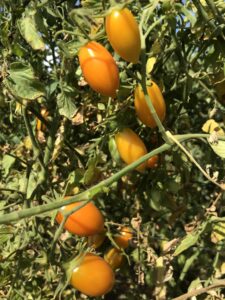
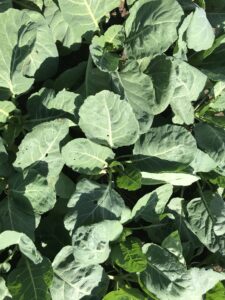
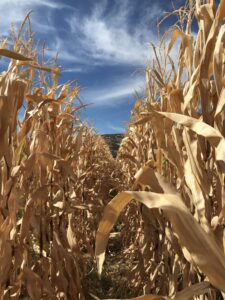
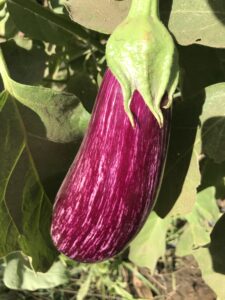
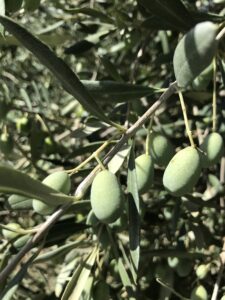
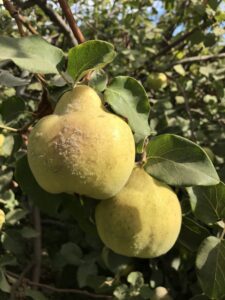
From top to bottom: pomegranates, okra flowers, plum sunflowers, red kabocha, honeynut, red flame grapes, karinata kale, bok choi, nova yellow grape tomatoes (nova), collard greens, field corn (drying corn for animal feed), listada eggplant, olives, and quince.
